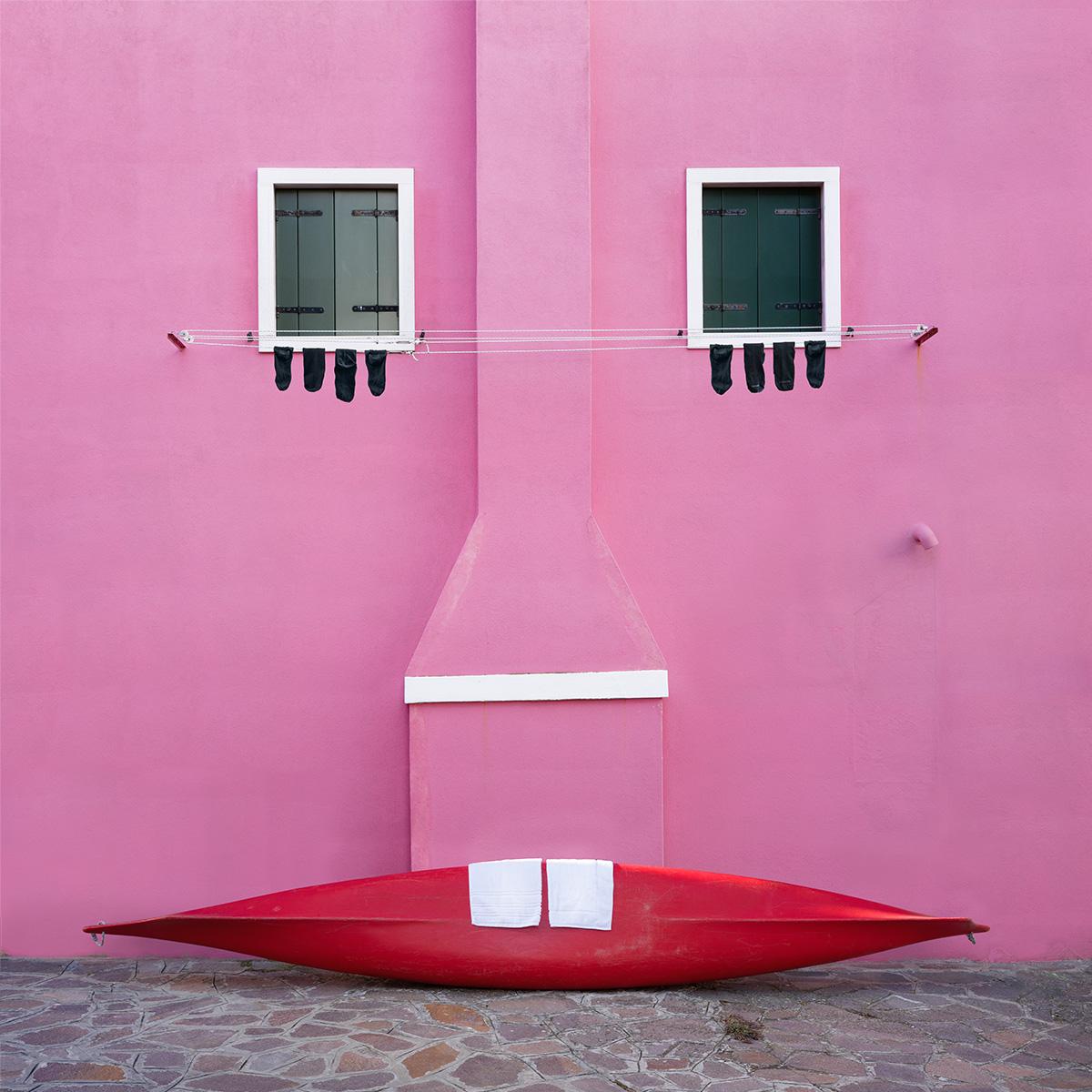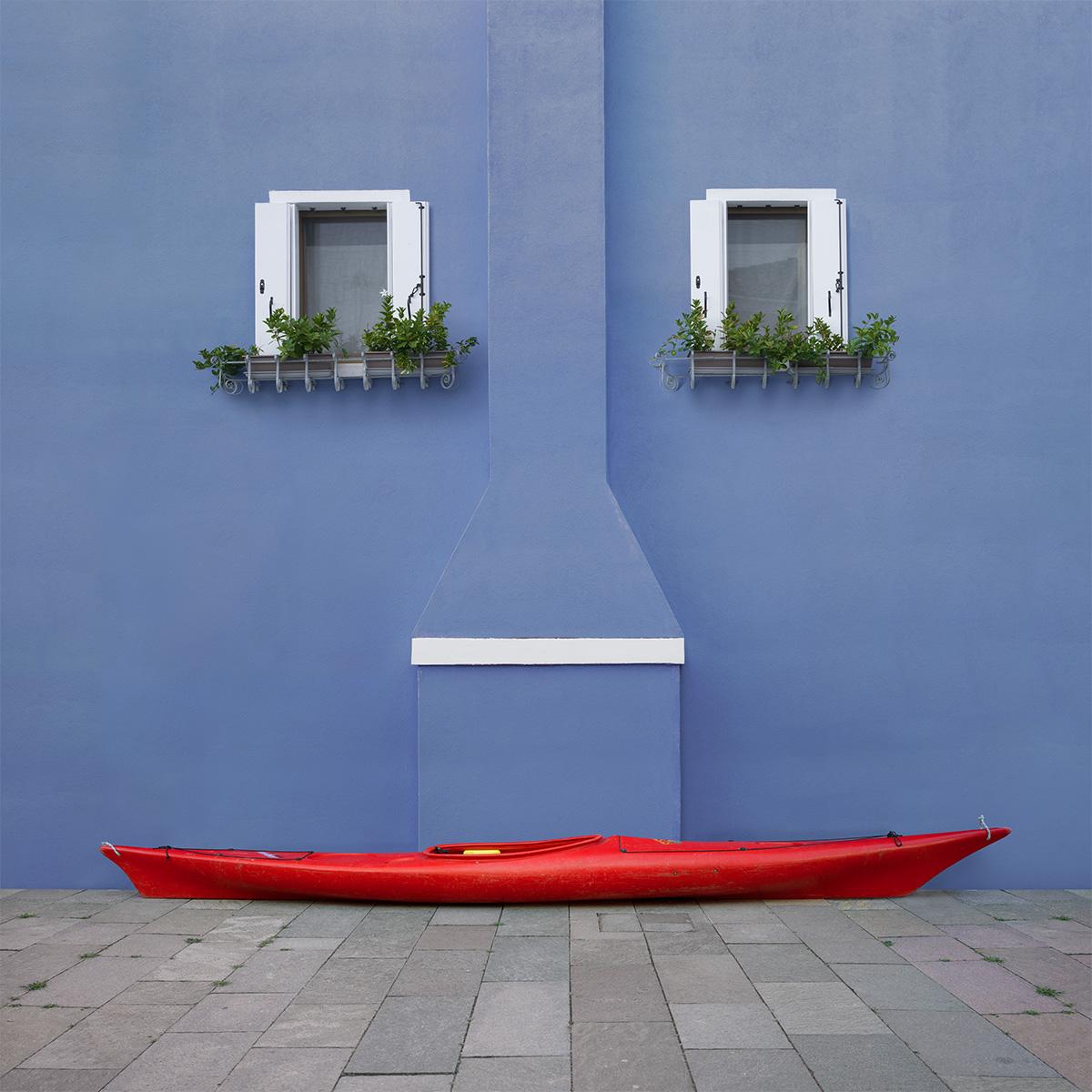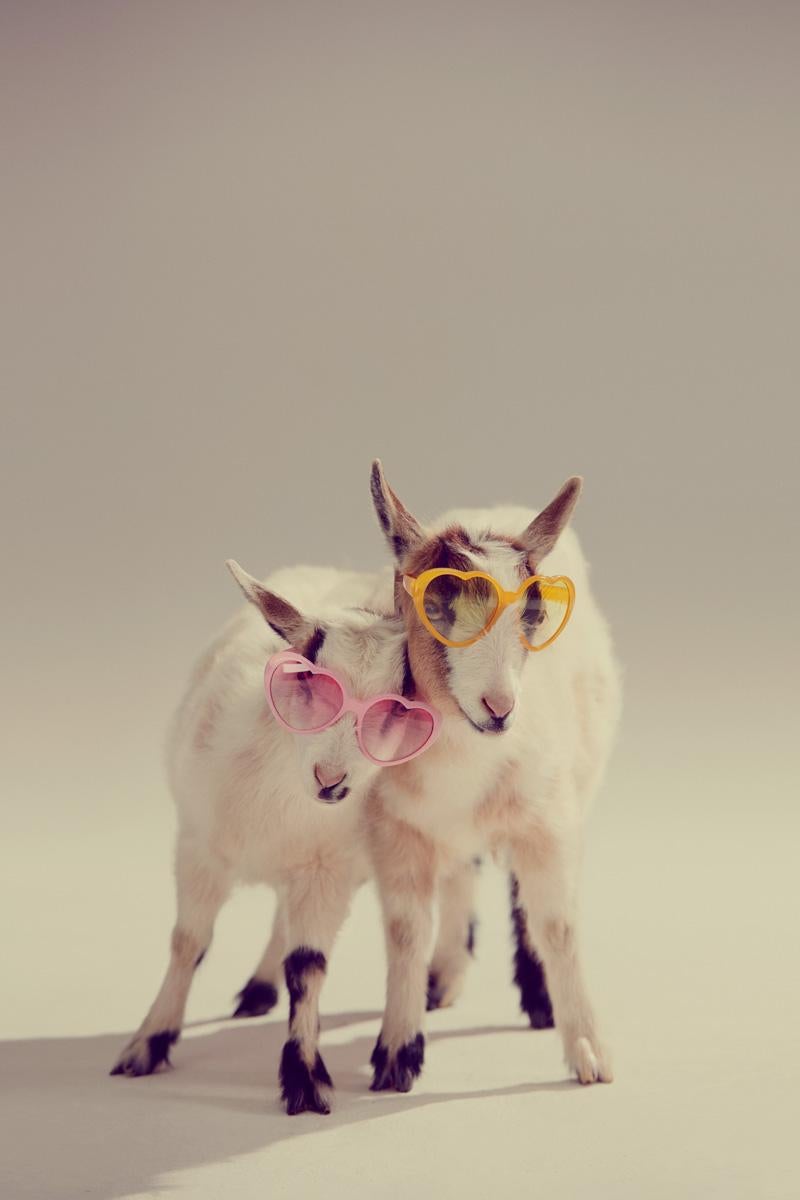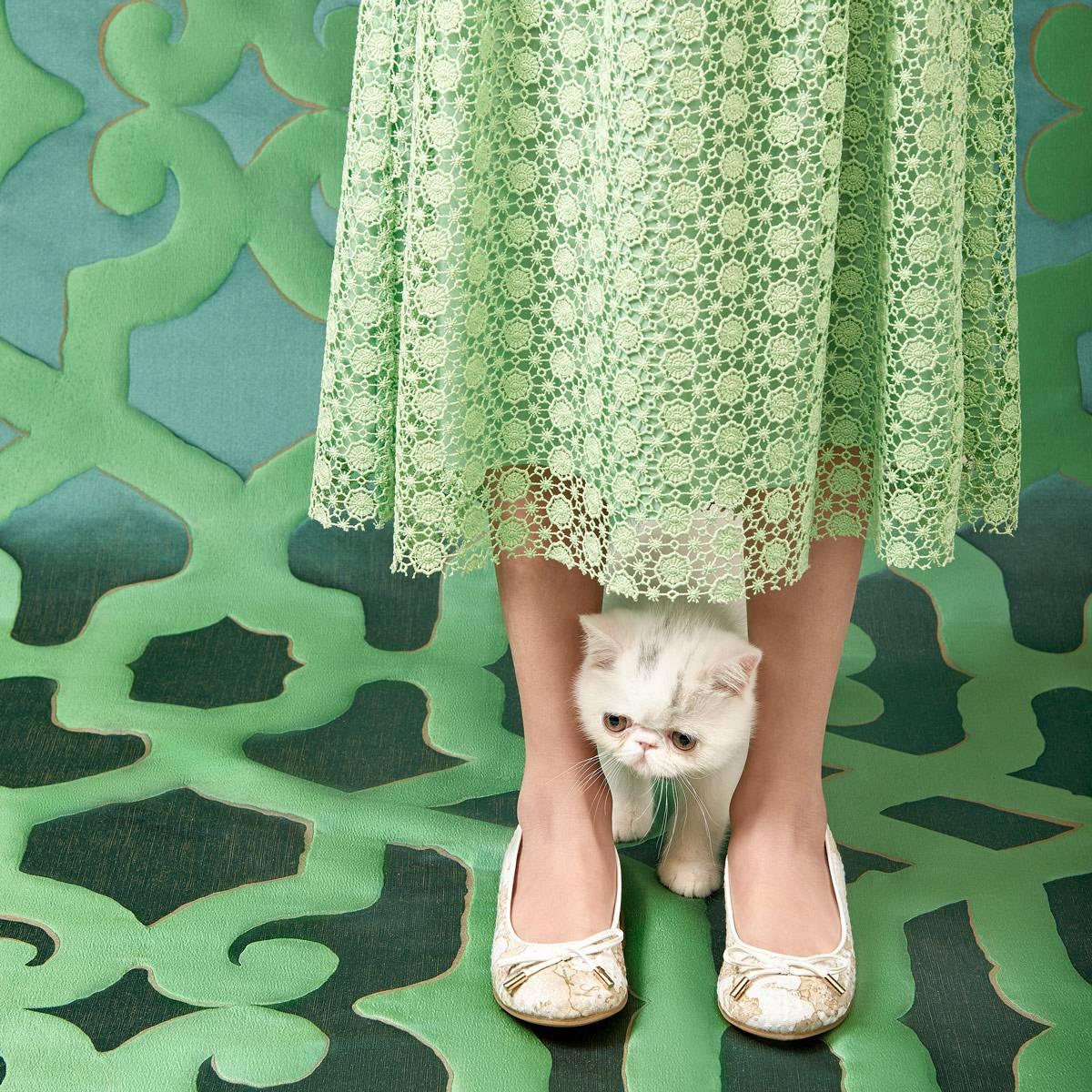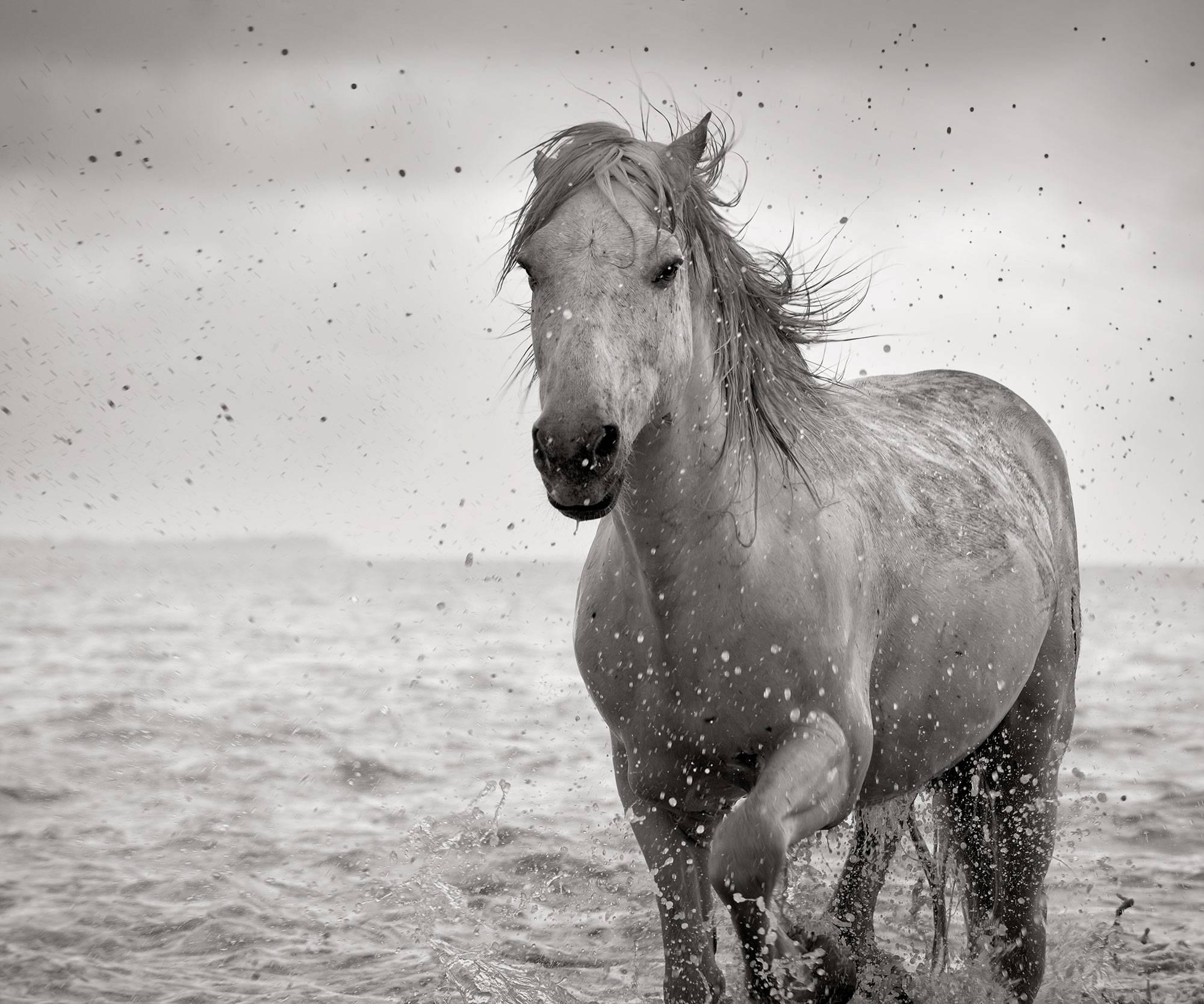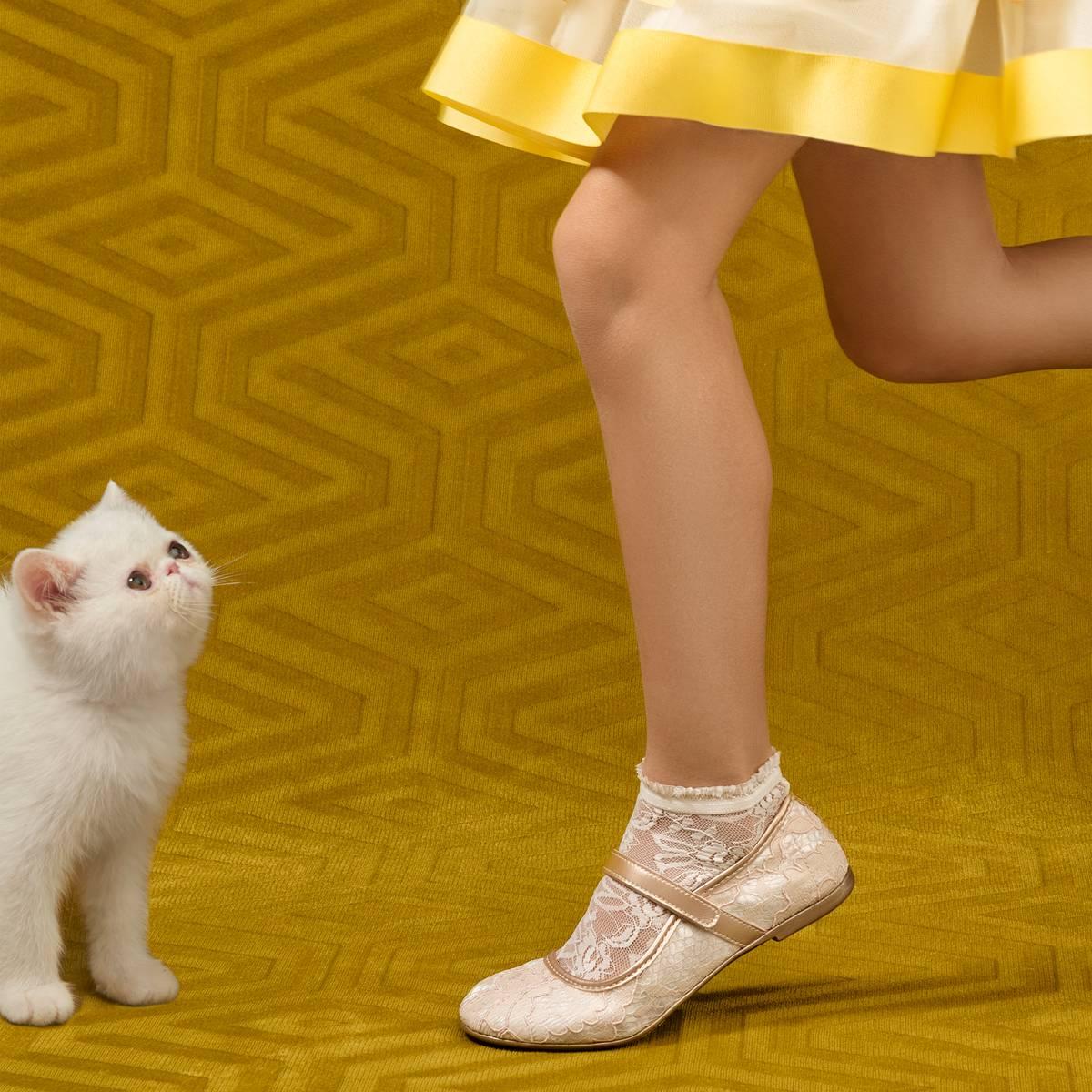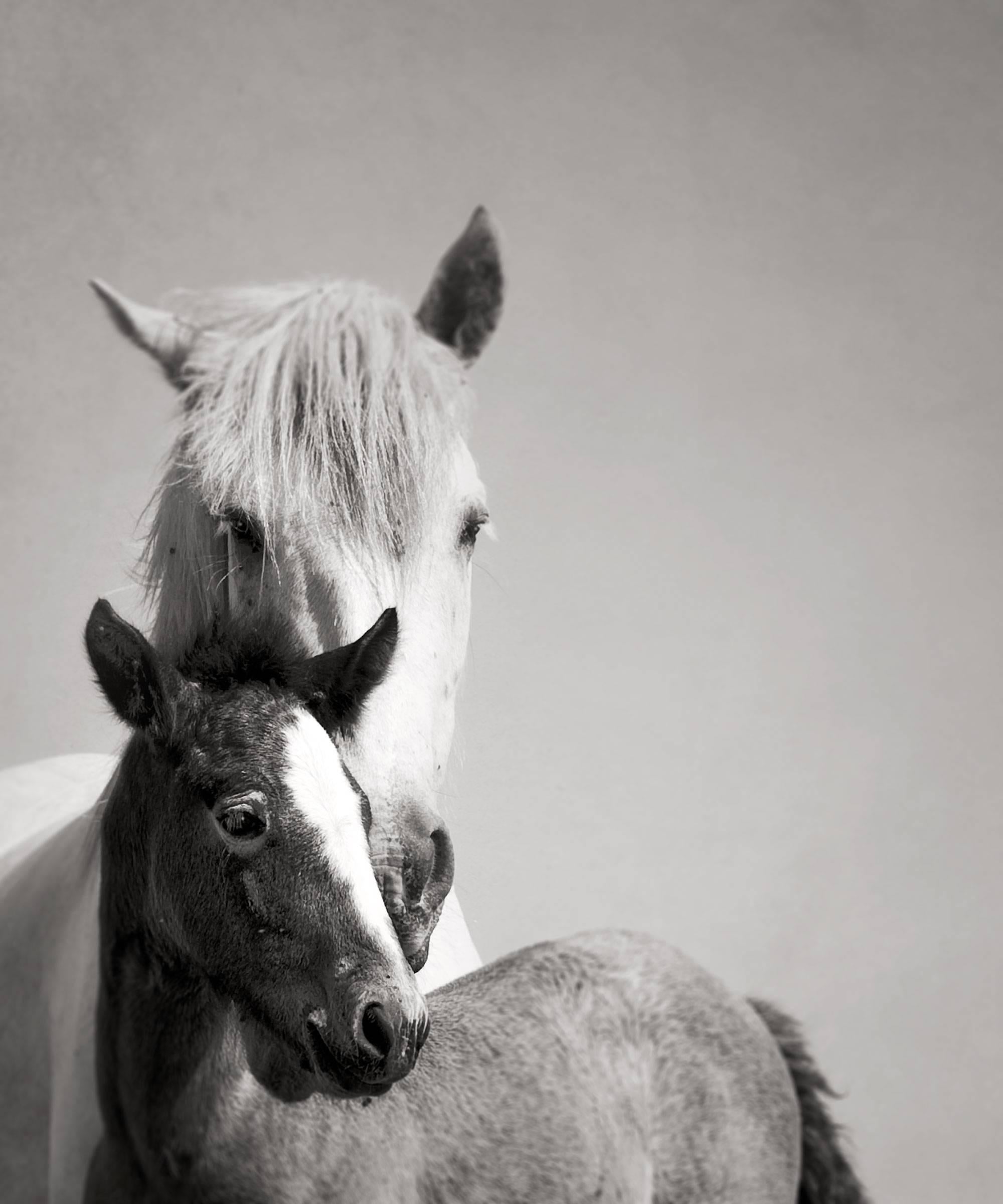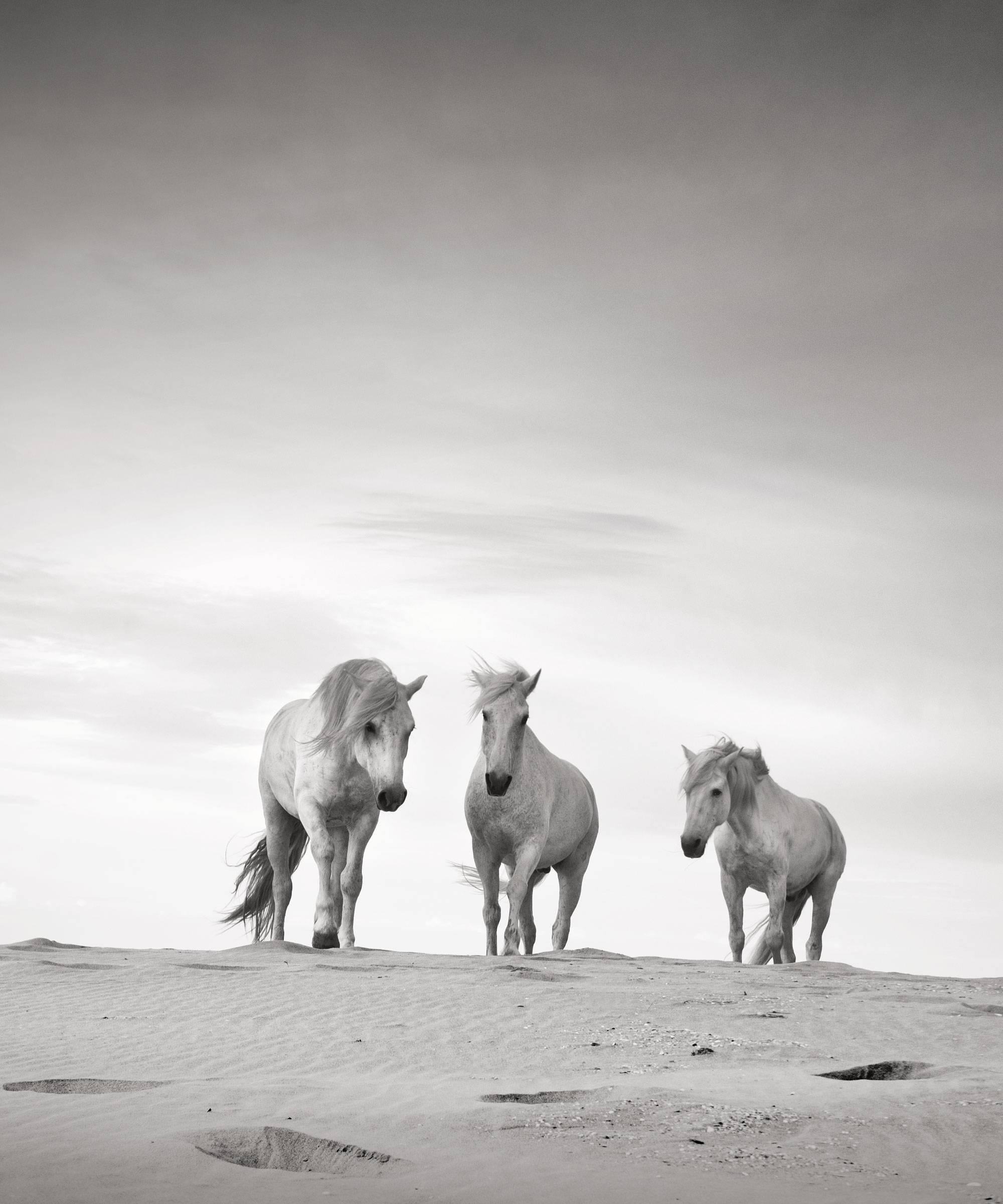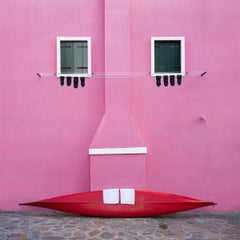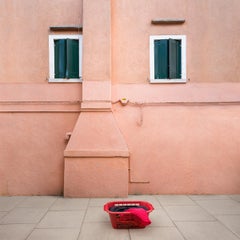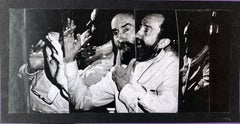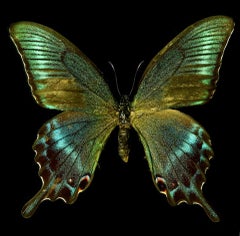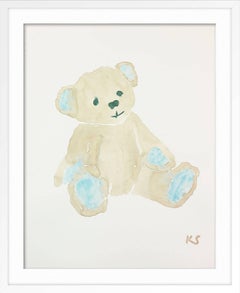
Teddy-FRAMED IN WHITE
View Similar Items
Want more images or videos?
Request additional images or videos from the seller
1 of 6
Kate SchelterTeddy-FRAMED IN WHITE
About the Item
- Creator:Kate Schelter
- Dimensions:Height: 23.5 in (59.69 cm)Width: 18.5 in (46.99 cm)
- Medium:
- Period:
- Condition:
- Gallery Location:New York, NY
- Reference Number:1stDibs: LU11621849063
About the Seller
4.8
Vetted Seller
These experienced sellers undergo a comprehensive evaluation by our team of in-house experts.
1stDibs seller since 2015
696 sales on 1stDibs
Typical response time: 2 hours
More From This SellerView All
- Casa RosaLocated in New York, NYABOUT THIS PIECE: My artistic journey on Burano Island has been a captivating exploration of its vibrant character. While initially drawn to its clotheslines and colourful walls in search of inspiration for my next clothesline animal, I soon discovered that each whimsical house possessed its own unique personality. My work seeks to highlight and amplify these distinctive features, celebrating the island's charm beyond its iconic laundry, embracing the quirks and individuality of every little dwelling. ABOUT THIS ARTIST: Helga Stentzel...Category
2010s Animal Prints
MaterialsPhotographic Paper
- CaptainLocated in New York, NYABOUT THIS PIECE: My artistic journey on Burano Island has been a captivating exploration of its vibrant character. While initially drawn to its clotheslines and colourful walls in search of inspiration for my next clothesline animal, I soon discovered that each whimsical house possessed its own unique personality. My work seeks to highlight and amplify these distinctive features, celebrating the island's charm beyond its iconic laundry, embracing the quirks and individuality of every little dwelling. ABOUT THIS ARTIST: Helga Stentzel...Category
2010s Animal Prints
MaterialsPhotographic Paper
- CasalingaLocated in New York, NYABOUT THIS PIECE: My artistic journey on Burano Island has been a captivating exploration of its vibrant character. While initially drawn to its clotheslines and colourful walls in search of inspiration for my next clothesline animal, I soon discovered that each whimsical house possessed its own unique personality. My work seeks to highlight and amplify these distinctive features, celebrating the island's charm beyond its iconic laundry, embracing the quirks and individuality of every little dwelling. ABOUT THIS ARTIST: Helga Stentzel...Category
2010s Animal Prints
MaterialsPhotographic Paper
- Signor SorrisoLocated in New York, NYABOUT THIS PIECE: My artistic journey on Burano Island has been a captivating exploration of its vibrant character. While initially drawn to its clotheslines and colourful walls in search of inspiration for my next clothesline animal, I soon discovered that each whimsical house possessed its own unique personality. My work seeks to highlight and amplify these distinctive features, celebrating the island's charm beyond its iconic laundry, embracing the quirks and individuality of every little dwelling. ABOUT THIS ARTIST: Helga Stentzel...Category
2010s Animal Prints
MaterialsPhotographic Paper
- Llama RamaBy Amanda PrattLocated in New York, NYABOUT THIS PIECE: Amanda Pratt is known and admired for the energetic, inspiring brand of whimsy she brings to photography. Countless clients have benefitted from her technical preci...Category
2010s Animal Prints
MaterialsPlexiglass, Photographic Paper
- Sibling LoveBy Amanda PrattLocated in New York, NYABOUT THIS PIECE: Amanda Pratt is known and admired for the energetic, inspiring brand of whimsy she brings to photography. Countless clients have benefitted from her technical preci...Category
2010s Animal Prints
MaterialsPlexiglass, Photographic Paper
You May Also Like
- Vintage Abstract Expressionist Hyman Bloom Photo Collage Assemblage PhotographBy Martin SumersLocated in Surfside, FLThis is a unique original collage, decoupage style of Jiri Kolar, This is an exceptional artwork which was part of a collaboration between Hyman Bloom and fellow artist and his very good friend Martin Sumers. This is pencil signed by Martin Sumers. Provenance: Acquired from the Sumers estate collection. Hyman Bloom (March 29, 1913 – August 26, 2009) was a Latvian-born American painter. His work was influenced by his Jewish heritage and Eastern religions as well as by artists including Altdorfer, Grünewald, Caravaggio, Rembrandt, Blake, Bresdin, James Ensor and Chaim Soutine. He first came to prominence when his work was included in the 1942 Museum of Modern Art exhibition "Americans 1942 -- 18 Artists from 9 States". MoMA purchased 2 paintings from the exhibition and Time magazine singled him out as a "striking discovery" in their exhibition review. His work was selected for both the 1948 and 1950 Venice Biennale exhibitions and his 1954 retrospective traveled from Boston's Institute of Contemporary Art to the Albright Gallery and the de Young Museum before closing out at The Whitney Museum of American Art in 1955. In a 1954 interview with Yale art professor Bernard Chaet, Willem de Kooning indicated that he and Jackson Pollock both considered Bloom to be “America’s first abstract expressionist”, a label that Bloom would disavow. Starting in the mid 1950s his work began to shift more towards works on paper and he exclusively focused on drawing throughout the 1960s, returning to painting in 1971. He continued both drawing and painting until his death in 2009 at the age of 9 Hyman Bloom (né Melamed) was born into an orthodox Jewish family in the tiny Jewish village of Brunavišķi in what is now Latvia, then part of the Russian Empire At a young age Bloom planned to become a rabbi, but his family could not find a suitable teacher. In the eighth grade he received a scholarship to a program for gifted high school students at the Museum of Fine Arts. He attended the Boston High School of Commerce, which was near the museum. He also took art classes at the West End Community Center, a settlement house. The classes were taught by Harold Zimmerman, a student at the School of the Museum of Fine Arts, who also taught the young Jack Levine at another settlement house in Roxbury. When Bloom was fifteen, he and Levine began studying with a well-known Harvard art professor, Denman Ross, who rented a studio for the purpose and paid the boys a weekly stipend to enable them to continue their studies rather than take jobs to support their families. He took Bloom and Levine on a field trip to the Museum of Modern Art in New York, where Bloom was impressed by the work of Rouault and Soutine and began experimenting with their expressive painting styles. In the 1930s Bloom worked sporadically for the Public Works of Art Project and the Federal Art Project (WPA), He shared a studio in the South End with Levine and another artist, Betty Chase. It was during this period that he developed a lifelong interest in Eastern philosophy and music, and in Theosophy. He first received national attention in 1942 when thirteen of his paintings were included in the Museum of Modern Art (MoMA) exhibition Americans 1942: 18 Artists from 9 States, curated by Dorothy Miller. MoMA purchased two of his paintings from that exhibition, and he was featured in Time magazine. The titles of his paintings in the exhibition reflect some of his recurring themes. Two were titled The Synagogue, another, Jew with the Torah; Bloom was actually criticized by one reviewer for including "stereotypical" Jewish images. He also had two paintings titled The Christmas Tree, and another titled The Chandelier, both subjects he returned to repeatedly. Another, Skeleton (c. 1936), was followed by a series of cadaver paintings in the forties, and The Fish (c. 1936) was one of many paintings and drawings of fish he created over the course of his career. Bloom was associated at first with the growing Abstract Expressionist movement. Willem de Kooning and Jackson Pollock, who first saw Bloom's work at the MoMA exhibition, considered Bloom "the first Abstract Expressionist artist in America." In 1950 he was chosen, along with the likes of de Kooning, Pollock, and Arshile Gorky, to represent the United States at the Venice Biennale. That same year Elaine de Kooning wrote about Bloom in ARTnews, noting that in paintings such as The Harpies, his work approached total abstraction: "the whole impact is carried in the boiling action of the pigment". In 1951 Thomas B. Hess reproduced Bloom's Archaeological Treasure in his first book, Abstract Painting: Background and American Phase, along with works by Picasso, Pollock, and others. Both de Kooning and Hess remarked on Bloom's expressive paint handling, a key characteristic of Abstract Expressionist painting. As abstract expressionism dominated the American art world, Bloom became disenchanted with it, calling it "emotional catharsis, with no intellectual basis." In addition, instead of moving to New York to pursue his career, he opted to stay in Boston. As a result he fell out of favor with critics and never achieved the kind of fame that Pollock and others did. He disliked self-promotion and never placed much value on critical acclaim. Many of Bloom's paintings feature rabbis, usually holding the Torah. According to Bloom, his intentions were more artistic than religious. He began questioning his Jewish faith early in life, and painted rabbis, he claimed, because that was what he knew. Over the course of his career he produced dozens of paintings of rabbis...Category
1990s Modern Animal Prints
MaterialsPaper, Photographic Paper
- Vintage Abstract Expressionist Hyman Bloom Photo Collage Assemblage PhotographBy Martin SumersLocated in Surfside, FLThis is a unique original collage, decoupage style of Jiri Kolar, This is an exceptional artwork which was part of a collaboration between Hyman Bloom and fellow artist and his very good friend Martin Sumers. This is pencil signed by Martin Sumers. Provenance: Acquired from the Sumers estate collection. Hyman Bloom (March 29, 1913 – August 26, 2009) was a Latvian-born American painter. His work was influenced by his Jewish heritage and Eastern religions as well as by artists including Altdorfer, Grünewald, Caravaggio, Rembrandt, Blake, Bresdin, James Ensor and Chaim Soutine. He first came to prominence when his work was included in the 1942 Museum of Modern Art exhibition "Americans 1942 -- 18 Artists from 9 States". MoMA purchased 2 paintings from the exhibition and Time magazine singled him out as a "striking discovery" in their exhibition review. His work was selected for both the 1948 and 1950 Venice Biennale exhibitions and his 1954 retrospective traveled from Boston's Institute of Contemporary Art to the Albright Gallery and the de Young Museum before closing out at The Whitney Museum of American Art in 1955. In a 1954 interview with Yale art professor Bernard Chaet, Willem de Kooning indicated that he and Jackson Pollock both considered Bloom to be “America’s first abstract expressionist”, a label that Bloom would disavow. Starting in the mid 1950s his work began to shift more towards works on paper and he exclusively focused on drawing throughout the 1960s, returning to painting in 1971. He continued both drawing and painting until his death in 2009 at the age of 9 Hyman Bloom (né Melamed) was born into an orthodox Jewish family in the tiny Jewish village of Brunavišķi in what is now Latvia, then part of the Russian Empire At a young age Bloom planned to become a rabbi, but his family could not find a suitable teacher. In the eighth grade he received a scholarship to a program for gifted high school students at the Museum of Fine Arts. He attended the Boston High School of Commerce, which was near the museum. He also took art classes at the West End Community Center, a settlement house. The classes were taught by Harold Zimmerman, a student at the School of the Museum of Fine Arts, who also taught the young Jack Levine at another settlement house in Roxbury. When Bloom was fifteen, he and Levine began studying with a well-known Harvard art professor, Denman Ross, who rented a studio for the purpose and paid the boys a weekly stipend to enable them to continue their studies rather than take jobs to support their families. He took Bloom and Levine on a field trip to the Museum of Modern Art in New York, where Bloom was impressed by the work of Rouault and Soutine and began experimenting with their expressive painting styles. In the 1930s Bloom worked sporadically for the Public Works of Art Project and the Federal Art Project (WPA), He shared a studio in the South End with Levine and another artist, Betty Chase. It was during this period that he developed a lifelong interest in Eastern philosophy and music, and in Theosophy. He first received national attention in 1942 when thirteen of his paintings were included in the Museum of Modern Art (MoMA) exhibition Americans 1942: 18 Artists from 9 States, curated by Dorothy Miller. MoMA purchased two of his paintings from that exhibition, and he was featured in Time magazine. The titles of his paintings in the exhibition reflect some of his recurring themes. Two were titled The Synagogue, another, Jew with the Torah; Bloom was actually criticized by one reviewer for including "stereotypical" Jewish images. He also had two paintings titled The Christmas Tree, and another titled The Chandelier, both subjects he returned to repeatedly. Another, Skeleton (c. 1936), was followed by a series of cadaver paintings in the forties, and The Fish (c. 1936) was one of many paintings and drawings of fish he created over the course of his career. Bloom was associated at first with the growing Abstract Expressionist movement. Willem de Kooning and Jackson Pollock, who first saw Bloom's work at the MoMA exhibition, considered Bloom "the first Abstract Expressionist artist in America." In 1950 he was chosen, along with the likes of de Kooning, Pollock, and Arshile Gorky, to represent the United States at the Venice Biennale. That same year Elaine de Kooning wrote about Bloom in ARTnews, noting that in paintings such as The Harpies, his work approached total abstraction: "the whole impact is carried in the boiling action of the pigment". In 1951 Thomas B. Hess reproduced Bloom's Archaeological Treasure in his first book, Abstract Painting: Background and American Phase, along with works by Picasso, Pollock, and others. Both de Kooning and Hess remarked on Bloom's expressive paint handling, a key characteristic of Abstract Expressionist painting. As abstract expressionism dominated the American art world, Bloom became disenchanted with it, calling it "emotional catharsis, with no intellectual basis." In addition, instead of moving to New York to pursue his career, he opted to stay in Boston. As a result he fell out of favor with critics and never achieved the kind of fame that Pollock and others did. He disliked self-promotion and never placed much value on critical acclaim. Many of Bloom's paintings feature rabbis, usually holding the Torah. According to Bloom, his intentions were more artistic than religious. He began questioning his Jewish faith early in life, and painted rabbis, he claimed, because that was what he knew. Over the course of his career he produced dozens of paintings of rabbis...Category
20th Century Modern Animal Prints
MaterialsPaper, Photographic Paper
- Euphemia No 2, Allan Forsyth, Limited Edition Butterfly Print, Affordable ArtBy Allan ForsythLocated in Deddington, GBEuphemia No 2 is a limited edition still life study of a butterfly by Allan Forsyth. Allan Forsyth is available at Wychwood Art online and in our gallery. Allan is an artist who expl...Category
21st Century and Contemporary Photorealist Animal Prints
MaterialsArchival Ink, Photographic Paper
- The Opium Smoker, Chitrasala, BundiBy Karen KnorrLocated in New York, NYListing includes framing with UV Plexiglas, free shipping, and a 14 day return policy. Also available for local pick up in New York City. The Opium Smoker...Category
2010s Color Photography
MaterialsPhotographic Paper, Color, Pigment, Archival Pigment
- Friends in Need, Juna Mahal, Dungarpur Palace, 2020By Karen KnorrLocated in New York, NYListing includes framing with non-glare UV plexiglas and a 14 day return policy. Also available for local pick up at our Los Angeles gallery. Shipping services available worldwide at a discounted rate. Friends in Need, Juna Mahal, Dungarpur Palace, 2020 48 x 60 inches (52 x 64 x 2.5 inches framed) Archival pigment print Edition 4 of 5 (last edition available) Signed on separate artist certificate Artist Biography - While Knorr’s images take some of their inspiration from the Indian tradition of personifying animals in literature and art, there is another almost subconscious strain to her work. Going back to the time of cave painting we see that these early visual artists not only recorded their lives and surroundings, but used art to express themselves. The depiction of animals in symbolic and powerful ways and the urge to create these images with the best tools at hand is a line stretching from these unnamed cave painters to Karen Knorr. Playfully combining technologies and genres, Knorr mixes digital...Category
2010s Color Photography
MaterialsPhotographic Paper, Color, Pigment, Archival Pigment
- The Return of the Hunter, Chandra Mahal, Jaipur, 2012By Karen KnorrLocated in New York, NYListing includes framing with UV Plexi ($1,250 value), free shipping to the continental US and a 14-day return policy. Offering local pick up from our Los Angeles location. This is one of the last remaining editions from one of the most popular images from Karen Knorr's acclaimed "India Song" series. The Return of the Hunter, Chandra Mahal, Jaipur, 2010 31.5 x 39.5 inches, 34 x 42 x 2 inches framed Archival pigment print Edition 1 of 5 Karen Knorr Artist Biography - While Knorr’s images take some of their inspiration from the Indian tradition of personifying animals in literature and art, there is another almost subconscious strain to her work. Going back to the time of cave painting we see that these early visual artists not only recorded their lives and surroundings, but used art to express themselves. The depiction of animals in symbolic and powerful ways and the urge to create these images with the best tools at hand is a line stretching from these unnamed cave painters to Karen Knorr. Playfully combining technologies and genres, Knorr mixes digital...Category
2010s Color Photography
MaterialsPhotographic Paper, Color, Archival Pigment
